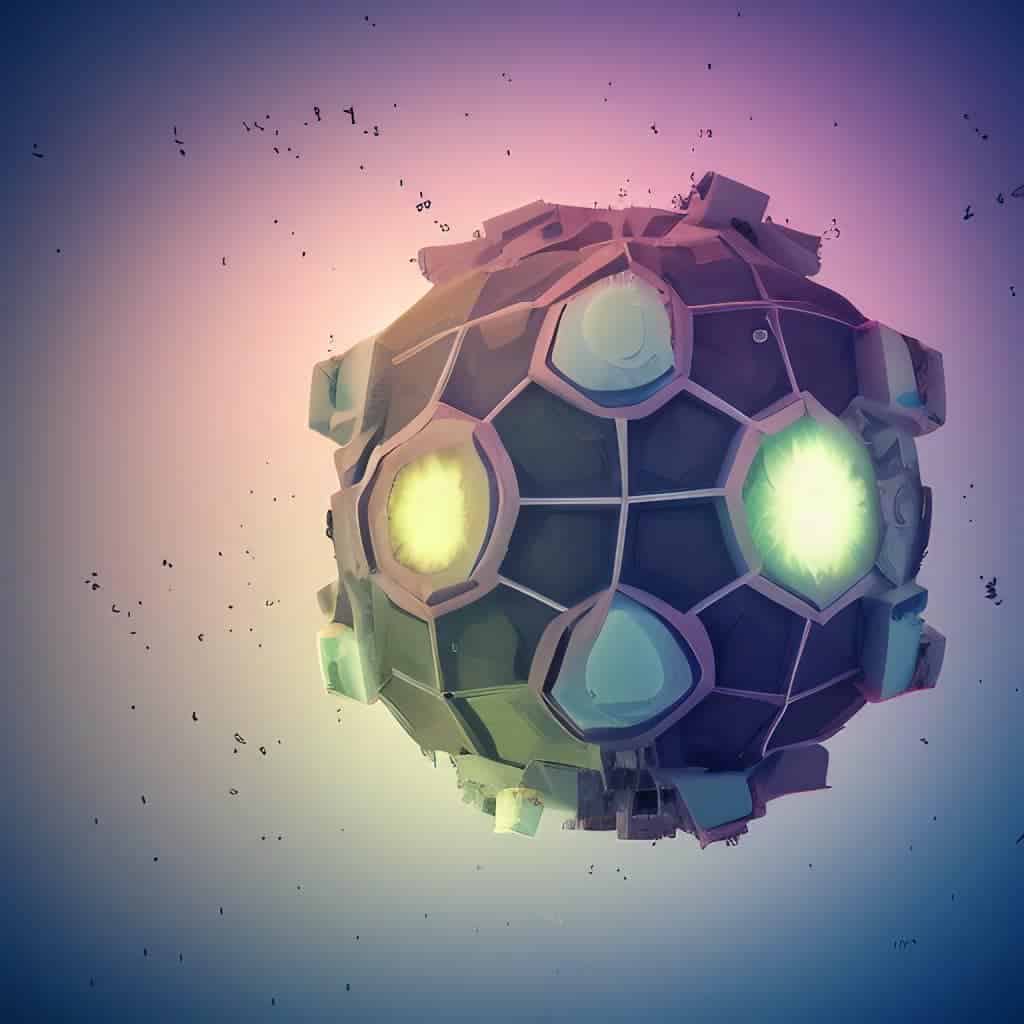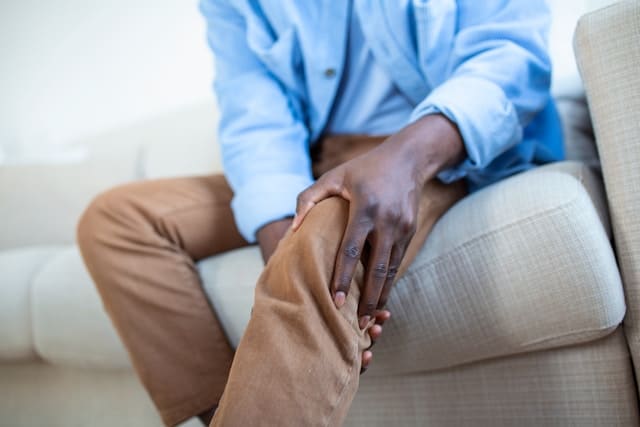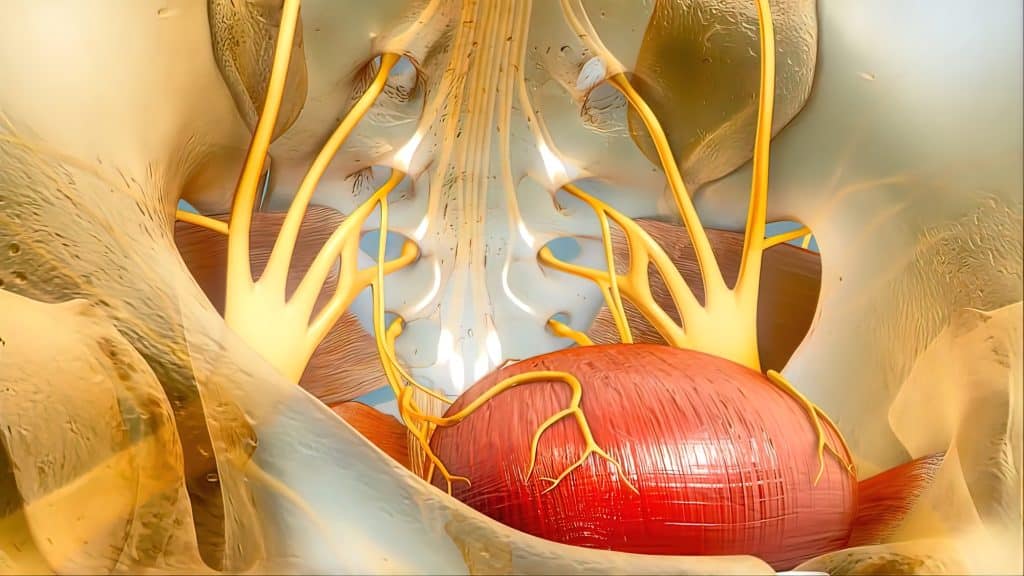Your spine is made up of vertebrae (bones) cushioned by small oval pads of cartilage called discs. Spinal discs are structured much like a jelly donut, with a tough outer ring called an annulus, and a soft central region called the nucleus pulposus. A herniated disc occurs when the contents of the nucleus pulposus push through the outer ring into the spinal canal.
Herniated Disc Pain Symptoms:
When a disc is herniated, the surrounding nerves can become irritated and inflamed and cause symptoms of arm or leg pain, numbness or tingling and weakness in the affected areas. Most herniated discs are found by doctors in the lower back or lumbar spine, but they can also be found in the neck or cervical spine.
Some patients may have a herniated disc without knowing it, even though a herniated disc may show up on imaging studies. When patients do get herniated disc pain symptoms, treatment may be recommended by a herniated disc doctor ranging from simple exercise and medication to possible injections to help with herniated disc pain management. The most commonly known herniated disc pain symptom is sciatica pain, felt in the buttock and legs. If a nerve is not compressed, the herniated disc may cause a backache or no pain at all. The most common symptoms of herniated discs are as follows:
- Arm pain – if the herniated disc is in your neck, the pain typically is worst in the shoulder and arm, but can also affect the hands and fingers as well.
- Leg pain – the most common areas of pain include the buttocks, thigh and legs that can travel to the feet and toes.
- Numbness and tingling – patients with a herniated disc often experience this in the area or body part that is innervated by the affected nerves.
- Weakness – the muscles that are innervated by the affected nerves tend to get weaker causing patients with a herniated disc to stumble, fumble with objects or drop things.
If you ever experience weakness and numbness along with loss of control of your bladder or bowels, you should seek medical care from a herniated disc doctor immediately. This could indicate a serious problem requiring immediate medical care and treatment from a herniated disc doctor.
Herniated Disc Pain Causes:
A herniated disc occurs usually with gradual wear and tear of the disc, called disc degeneration. The center of a vertebral disc is fluid filled and loss of this fluid can lead to less flexibility and increased risk to tear or rupture. When the fluid filled, soft, central region of the disc (nucleus pulposus) pushes through a tear in the outer ring of the disc, a disc herniation, rupture or fragmenting of the disc can occur into the spinal canal. Herniated discs can be caused by an injury, repetitive stress on the lower back or heavy lifting and twisting movements. In most instances, however, a herniated disc is the result of gradual aging and general wear and tear on the spinal discs.
Herniated Disc Pain Risk Factors:
Your risk of a herniated disc includes age, weight and occupation. A herniated disc is most common in middle age, men, in people with excess body weight (especially the stomach area) and in people with physically demanding jobs.
Testing:
A physical exam and medical history are the main ways a herniated disc is diagnosed by a doctor, but to get a more detailed analysis or rule out any other possible conditions, imaging tests like x-rays, CT scans or MRI’s may be recommended by a herniated disc doctor.
Herniated Disc Pain Management and Treatment Options:
Doctors have a number of herniated disc pain management and treatment options that help with pain management from herniated discs, which include::
- Epidural Steroid Injection
- Discography for Appropriate Surgical Evaluation
- Intradiscal Electrothermal Therapy (IDET)
- Laser Assisted Disc Decompression
- Percutaneous Disc Nucleoplasty
- Dekompressor Discectomy
- Biacuplasty
- Epidural Steroid Injection
- Physical Therapy
- Chiropractic Care
- Medication Management
- Pain Psychology
- Acupuncture










